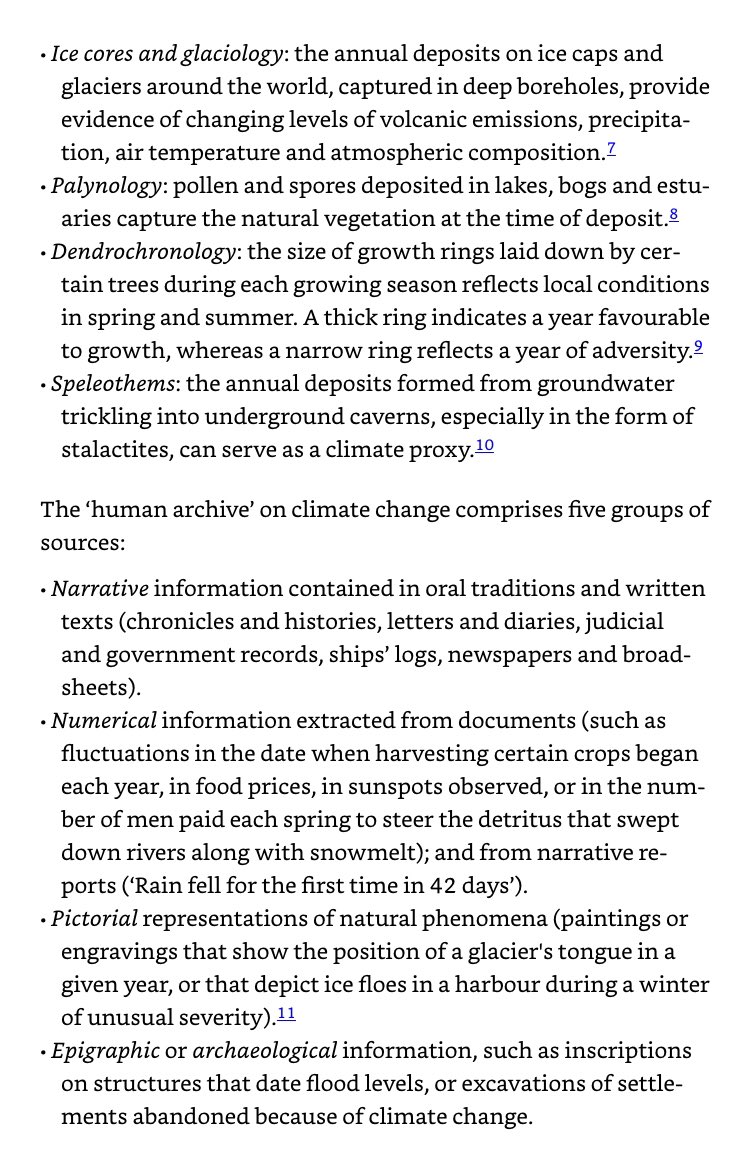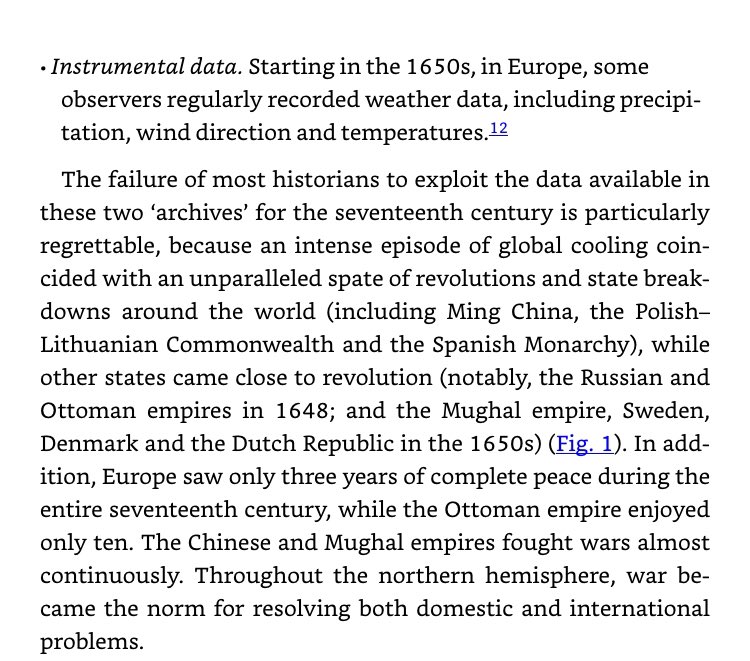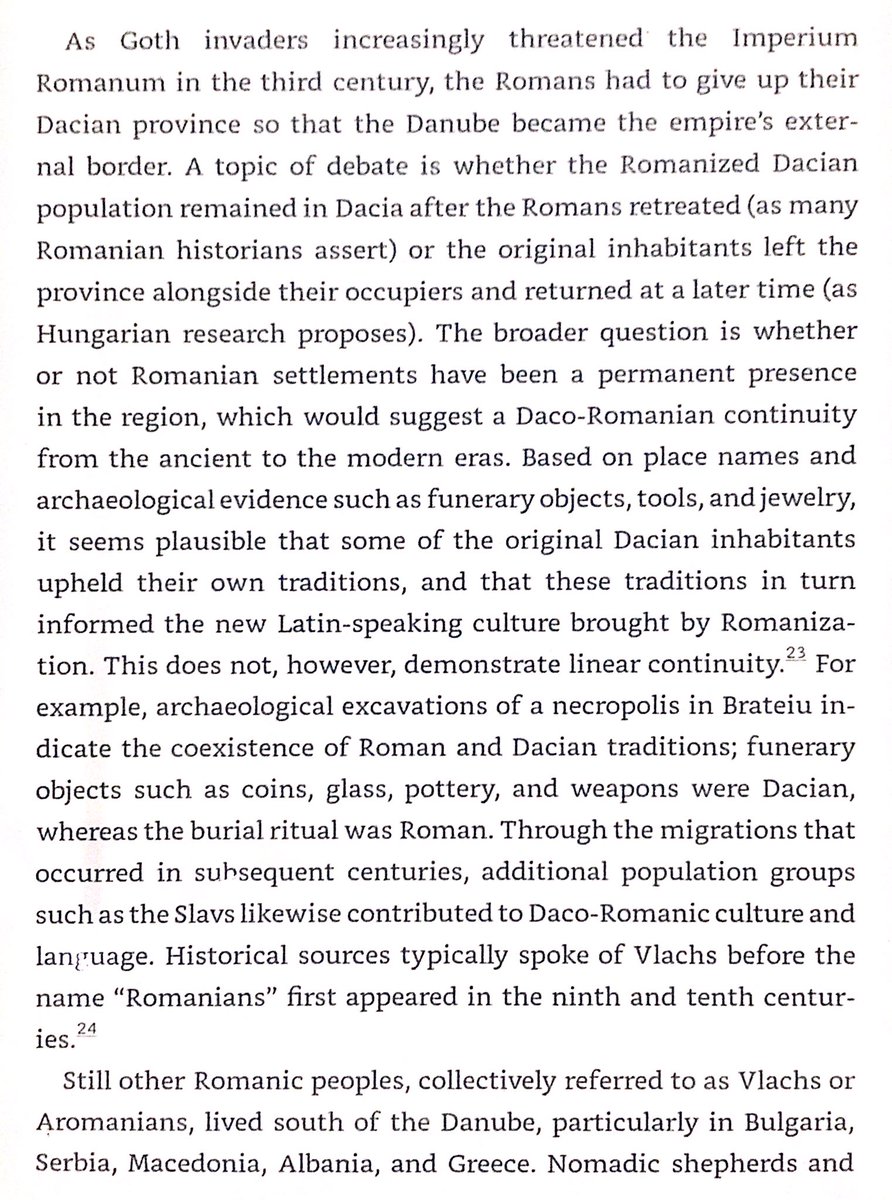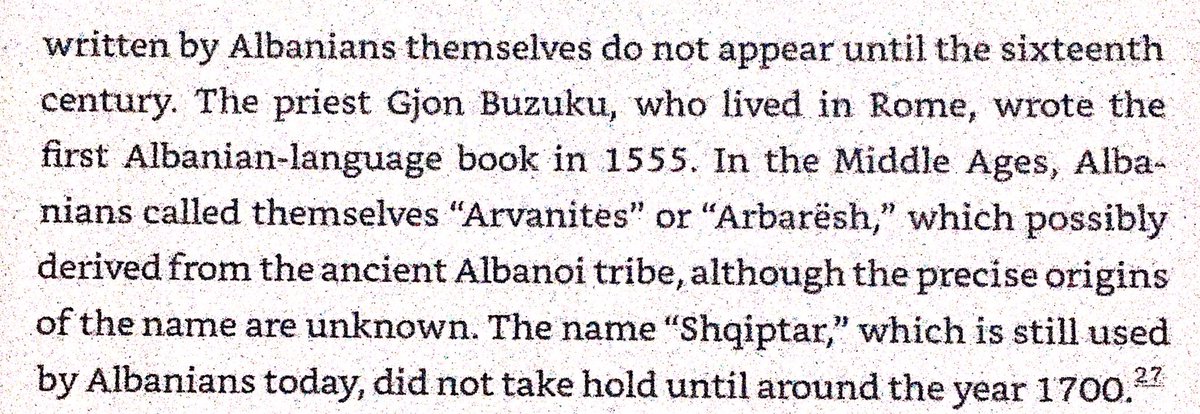
Casa Grande is a walled ruin in Arizona’s Sonora Desert near the Gila River. It was built around 1350 AD by the Hohokam culture, & and abandoned less than 100 years later. Hohokam were part of the Oasisamerican cultures. 







Dozens of Hohokam settlements were built along the Gila River. Extensive irrigation canals were dug to water their crops. They planted corn, beans, squash, tobacco, cotton, & agave. Wild desert plants like palo verde, mesquite, saguaro, prickly pear, & ironwood were also eaten. 



Shells from Sea of Cortez & mirrors from tropical Mexico show the Hohokam engaged in trade (perhaps a reason for tobacco & cotton farming?). Also they had ballcourts like those of Mesoamerica (hard to see in the picture). 







Walls surrounding Casa Grande were 7 ft high. Structures were built from 3,000 tons of a mix of limestone, sand, & clay called caliche. Juniper, pine, & fir trees were floated down Gila River to frame the caliche with saguaro cactus ribs. 





Walls of Casa Grande are lined up with the cardinal directions. Holes in the walls of main structure align with sun & moon at specific times, including summer solstice. 







• • •
Missing some Tweet in this thread? You can try to
force a refresh




























